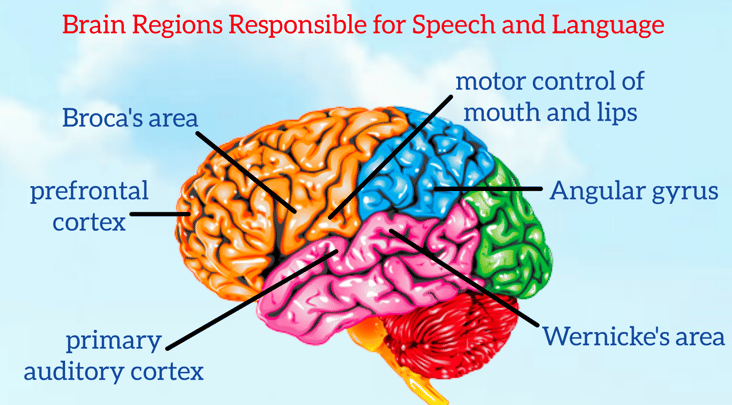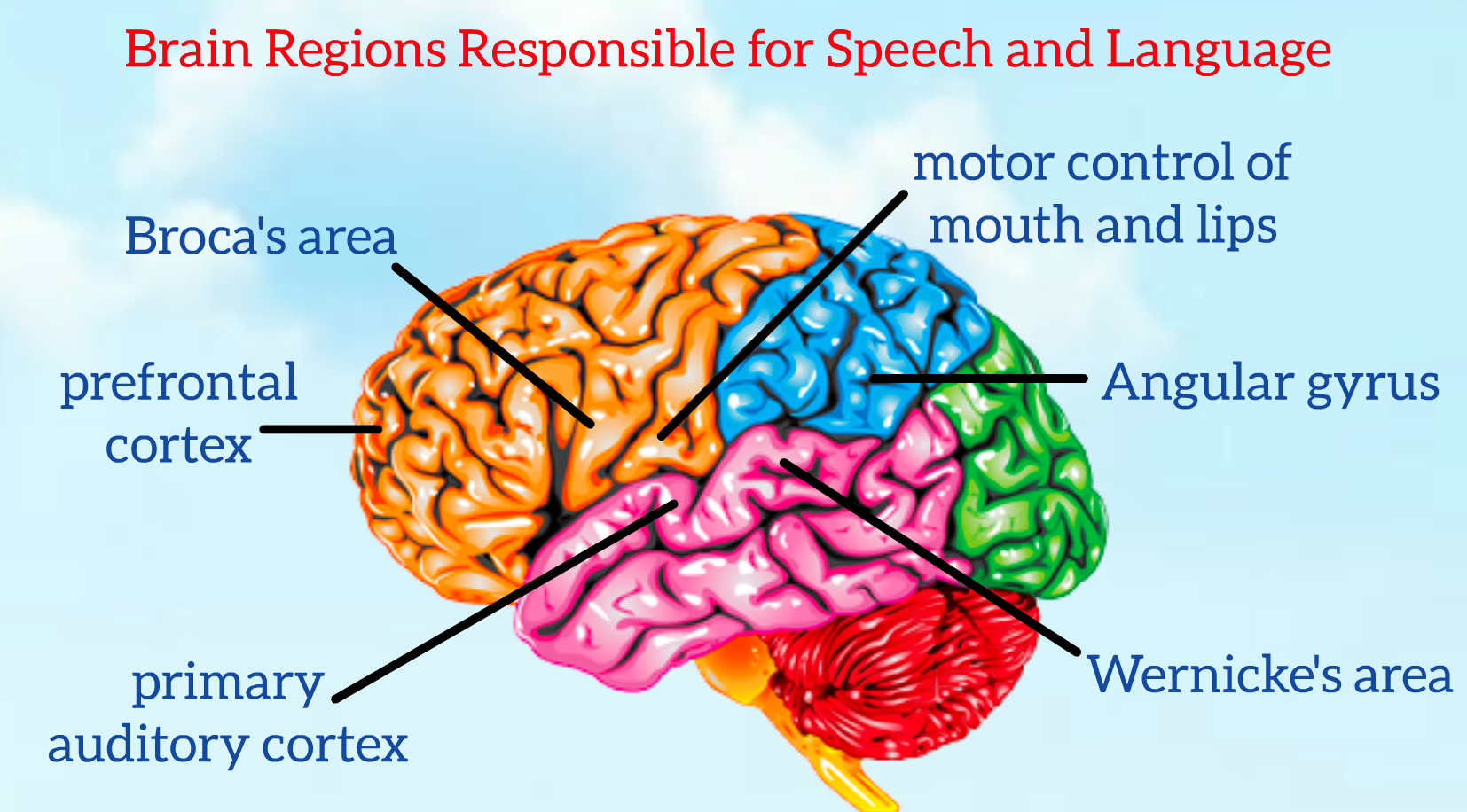By: Melissa Hughes, Ph.D. on December 20th, 2017
What's the Difference Between Boy and Girl Brains, When it Comes to STEM?
Professional Development | STEM | Academic Subject: STEM | Featured Topics: Professional Development
 As STEM-related jobs are on the rise, women continue to be widely under-represented in STEM professions. Even though women make up more than half of college graduates, they comprise a staggering minority of engineering and computer professionals. The Bureau of Labor Statistics identifies three broad categories of STEM occupations. In 2016, women accounted for 42% of the workforce in life, physical and social science occupations, but only 25% of the workforce in computer and mathematical industries, and an even lesser 14% of full-time architecture and engineering jobs.
As STEM-related jobs are on the rise, women continue to be widely under-represented in STEM professions. Even though women make up more than half of college graduates, they comprise a staggering minority of engineering and computer professionals. The Bureau of Labor Statistics identifies three broad categories of STEM occupations. In 2016, women accounted for 42% of the workforce in life, physical and social science occupations, but only 25% of the workforce in computer and mathematical industries, and an even lesser 14% of full-time architecture and engineering jobs.
There are many internships and partnerships between companies and high schools and colleges for experience and on-the-job training in STEM fields, and employers are hungry for high talent and a diverse workforce including females and minorities. While progress has been made to equalize the gender imbalance, there is still much work to be done to dispel the myth that girls are not as good in math and science and overcome the barriers that prevent them from engaging in STEM learning experiences.
Are girls better in language/reading and boys better in math/science in the elementary years?
Are there differences between boys’ brains and girls’ brains that enable boys to excel in robotics, coding, and engineering while girls seem to dominate in language skills and the arts? The answer is both yes and no. Recent neuroscience now proves that there are some differences in cognitive development of students in early school years.
We once believed that people were either right-brain dominant or left-brain dominant. “Right-brainers” were thought to be creative and strong in poetry, music and the arts. “Left-brainers” were much more analytical and excelled in the sciences where information is logical and linear. We now know that is simply not how the brain works. Specific tasks may activate one hemisphere of the brain more than the other, but we use multiple regions of the brain most of the time.
Consider all the brain regions that are responsible for processing speech and language:

From a neurological perspective, we know that girls’ brains tend to develop faster than boys by up to 1 ½ years in language processing skills. This is largely due to the fact that girls have greater connectivity between hemispheres and boys have greater connectivity within hemispheres. Girls tend to have a larger corpus callosum than boys. The corpus callosum is a thick bundle of nerves that connects the right hemisphere with the left. However, these differences are minimized by early adolescence and girls and boys, in general, have the same cognitive structure and academic ability.
Why, then, do girls demonstrate a significant decline in both interest and confidence in STEM activities during the middle school years? Recent research points to an inequality of experiences primarily grounded in an unconscious bias of parents and teachers. When girls are given the same exposure, encouragement and support to explore STEM-related activities, they have the same interest, motivation, and ability as boys.
Stereotypical Prejudice Becomes a Self-Fulfilling Prophecy
The statement, “Boys are more interested in STEM than girls,” is an example of a stereotypical prejudice that can lead to enough anxiety it becomes a self-fulfilling prophecy. Adults are able to see a stereotype as a generalization, while children are much more accepting of stereotypes - especially when the stereotype is about them. In fact, the effects of gender prejudice have been demonstrated in children as young as 5 years old.
Sometimes, just the way we present the offering to students subconsciously communicates to them whether it is for boys or for girls. It can be something as simple as the images you use in a school sign promoting a new club. For example, a robotics club may use dark bold colors and masculine images while a poetry or service club may use colorful flowery images. Robotics and poetry are certainly appropriate for both girls and boys, and we wouldn’t overtly state that one is geared for boys and the other for girls. However, the way we present the information may have greater appeal to one gender over the other and influence kids’ decision to participate or not.
The top influencers on students’ decisions to pursue science and engineering professions, are parents and K-12 teachers. Most female engineers will tell you that they pursued that field because an influential adult noticed an interest, nurtured the interest and encouraged them to develop skills in that interest.
Studies show that opportunities, passion, and engagement for STEM learning experiences are more keys to success than gender or even intellect. Project-based learning (PBL) and other hands-on learning experiences are about exploration, experimentation, divergent thinking, and discovery. When educators and parents nurture the innate curiosity of children, STEM ceases to be a learned subject and becomes an understanding of how the world works.
For more information on how you can incorporate STEM in the classroom for all learners, download the VariQuest ebook, "Hands On With Minds On: The Power of Pairing STEM curriculum with 3D Printers" or request a meeting with an education consultant to develop a personalized plan to fit the needs of your school!
 Dr. Melissa Hughes is the founder of The Andrick Group and the author of the book, Happy Hour with Einstein. She develops and delivers professional development opportunities for educators across the country based upon whole-brain thinking and learning for deeper cognition and increased student engagement.
Dr. Melissa Hughes is the founder of The Andrick Group and the author of the book, Happy Hour with Einstein. She develops and delivers professional development opportunities for educators across the country based upon whole-brain thinking and learning for deeper cognition and increased student engagement.


